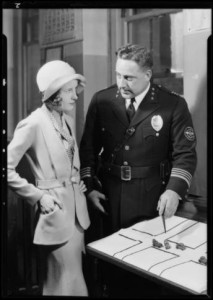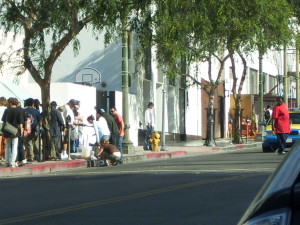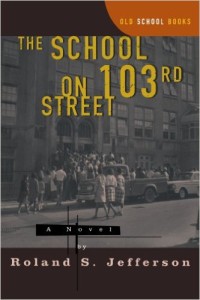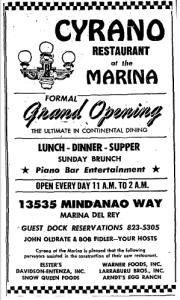
Davis’s crazed antics were so reprehensible that even his official LAPD bio has to acknowledge this reality in surprising detail. It’s worth reading the whole thing and, as well, reading Joe Domanick’s fine history of the LAPD up through the Spring of 1992, To Protect and Serve: The LAPD’s Century of War in the City of Dreams, to understand the role that Davis’s lunacy incarnate prepared the way and made the paths straight for both the 1965 and the 1992 popular uprisings. We’re concerned here, though, with only one essential aspect of Davis’s legacy: The Red Squad. Read from the contemporary LAPD’s statement on the matter:
With his return to office in 1933, Chief James E. Davis deployed a “Red Squad” to “investigate and control radical activities, strikes, and riots.” By today’s standards, the Squad’s tactics were intolerable, but its members had the blessing of government officials and the business community. In referring to individuals deemed subversive, one Police Commissioner voiced his views by declaring: “The more the police beat them up and wreck their headquarters, the better. Communists have no Constitutional rights and I won’t listen to anyone who defends them.”
Despite its disavowal by today’s ostensibly more sane LAPD, Davis’s red squad persisted far into the 20th Century. In his fine history of such American police political surveillance units, Protectors of privilege : red squads and police repression in urban America, Frank Donner explains that

The Los Angeles red squad was above all characterized by an undiluted nativism and a blatant patron-client relationship with local business interests, which was openly proclaimed against the local labor movement over the years…1
Well, these days, the LAPD can’t spy on political dissenters any more, and plus the “local labor movement” was, at least until the phoenix-esque rise of SEIU and its ideological kin, pretty much burnt/napalmed/incinerated by “local business interests.” But all that red squad apparatus didn’t just vanish. As with so many of the tools of oppression forged by the white ruling classes of Los Angeles in the Twentieth Century, political surveillance of citizens engaged in entirely legal activities was transferred over to and/or eagerly taken up by Business Improvement Districts, who have subsumed most of the municipal functions related to the “intolerable…by today’s standards…” “blatant patron-client relationship with local business interests…” Read on for a host of examples of the BID Patrol spying on the citizens of Hollywood for purely political reasons and, Stasi-like, keeping creepy files full of the fruits of their voyeurism-under-color-of-law.
Continue reading Andrews International BID Patrol Runs Ideological Countersurveillance Operations Against Residents of Hollywood, Hearkening Back to Bad Old Days of James Davis and the LAPD Red Squad





